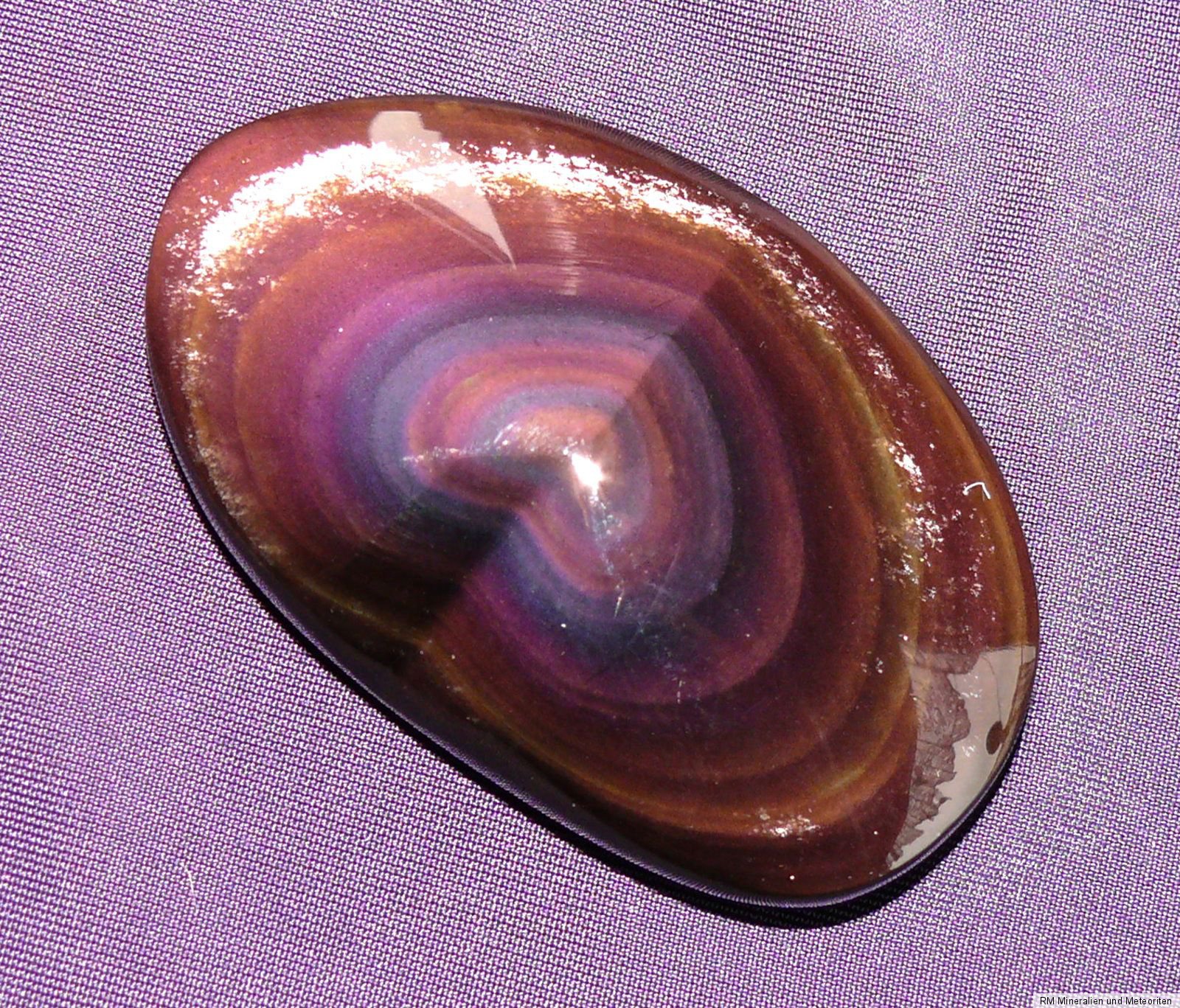
These occur primarily in Hawaii and are often intermixed with Pele’s Hair. This leaves us with a variety of small, irregularly shaped needles and nodules that are collectively known as Pele’s Tears. They occur when the material thrown from the volcano is cooling on the way down. Snowflake Obsidianĭistinct from Apache’s Tears, Pele’s Tears are an aerodynamically formed obsidian nodule. The careful attention to angle when cutting, and the inherent difficulty of polishing obsidian, can combine to create incredible beauty or destroy the fire entirely.

In an interesting way, fire obsidian is one of the peak challenges of the lapidary arts. It’s usually sold per carat, as opposed to every other variety which is sold by the pound or piece depending on how much work has been put into the rough.įire obsidian is only found in a few places and if there’s anywhere else… people are staying tight-lipped about it. When it’s cut properly, fire obsidian will show an incredible array of bright colors when viewed from the proper angle.įire obsidian’s effect is created through thin-film interference, much like rainbow obsidian, but the material here is ultra-thin layers of magnetite instead of the hedenbergite that causes the colors in rainbow obsidian.įire obsidian is extremely expensive compared to most varieties. It’s the most expensive and rare type of obsidian and requires a ton of experience to cut properly to view the visible effect. Fire Obsidianįire Obsidian (credit: Jessa and Mark Anderson/ Flickr)įire obsidian is… something else. That said, it’s beautiful when cut properly and there’s a reason it’s remained a fast favorite among collectors. Sheen Obsidian is a strange one since the effect is essentially created by small pockets that don’t have obsidian in them. Pieces range from appearing entirely in a metallic shade when viewed from the front to just small hints of activity under the surface from specific angles. Sheen obsidian is among the rarer varieties, but it’s readily available for collectors. These microbubbles are aligned in a way that they create the illusion of gold or silver shine underneath the surface of the stone. Sheen obsidian’s optical effect is created by the inclusion of gas bubbles in the stone. There’s just no room for fiber growth in the rapidly cooling material that becomes obsidian. The effect is similar to the chatoyancy found in Tiger’s Eye, although the cause is different. Sheen ObsidianĬoming in both gold and silver varieties, sheen obsidian has a distinctive effect that makes the surface look a bit more alive. There are great places to find it in each state along the Western Coast of the USA, and some great examples also come from Mexico. Rainbow Obsidian is the second most expensive type of obsidian most of the time, but it’s very affordable compared to Fire Obsidian. This effect is caused by thin-film interference, think of it as a solid oil slick effect.

This mineral is oriented in the rainbow obsidian and causes light entering the stone to act differently. The cause of this coloration? Nano-rods of hedenbergite.

Rainbow obsidian can range from full-facing, incredible pastel colors to a barely visible sheen form an oblique angle. Some of the most striking examples are found in the aptly named Rainbow Mine in the Warner Mounts area. Rainbow obsidian is a prized material, varying greatly in colors. Before the discovery of fire obsidian, which has a much more intense effect, it was among the most expensive types. Rainbow obsidian is a variety that exhibits a rainbow pattern in concentric rings when the light hits the surface just right.


 0 kommentar(er)
0 kommentar(er)
